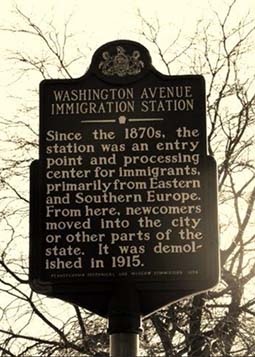October 7, 2025. Shine on, shine on Harvest Moon..a full, clear moon rose over the Camden waterfront shortly afer 6 pm. The sun had not yet set, and so both east and west horizons shared the same color palette. The colors at the Pier are starting to become more muted but are not yet the hot oranges and reds that will arrive in a few more weeks. This is how it looks now.
The migrating birds started their journey south in the first week of October. Remaining are the diehards who stay all year: the ducks, the Canada geese, the gulls. And they will still be here when the migrants return in the spring.
Philadelphia is most beautiful in the fall. The oppressive heat that sometimes plagues the city is gone. The autumn is full of moods and subtle changes, and they are especially noticeable on the waterfront. And speaking of moods—Pier 53 has become a venue for people who like to vent their anger? frustration? The Philadelphia Inquirer ran an article recently about visitors to Jody Pinto's Land Buoy—the sculpture at the end of the Pier. They climb the stairway to the top level... and scream. |
The Land Buoy is symbolic as an observation point for spotting ships sailing from Europe as they made their way up the Delaware River to the immigration station at Pier 53. The stairway structure also references the spiral stairway present in many small 'Trinity' houses tenanted by early immigrants. And now the Land Buoy also symbolizes something else? Ongoing is a study of bees. The insects make their homes in non-urban areas as well as in formerly urban and abandoned areas, such as Pier 53. Where did the bees originally come from, and how had they evolved to fit into a changed habitat? Matthew Donahue, a scientist at the Department of Ecology and Evolutionary Biology at the University of Connecticut wants to find out. For further information, here's the link to our page on this site. Ecology |
The Pier 53 Project—a historical study of the immigrants who arrived at the Pier from 1876 to the 1920s, their stories, and the stories of their descendants. Each story is part of a mosaic that contributes to the history of Philadelphia and its waterfront, and ultimately to the history of immigration in the United States. Here's the link to the Pier 53 Project page on this site. Pier 53 Project. All photos by Susan McAninley. |




